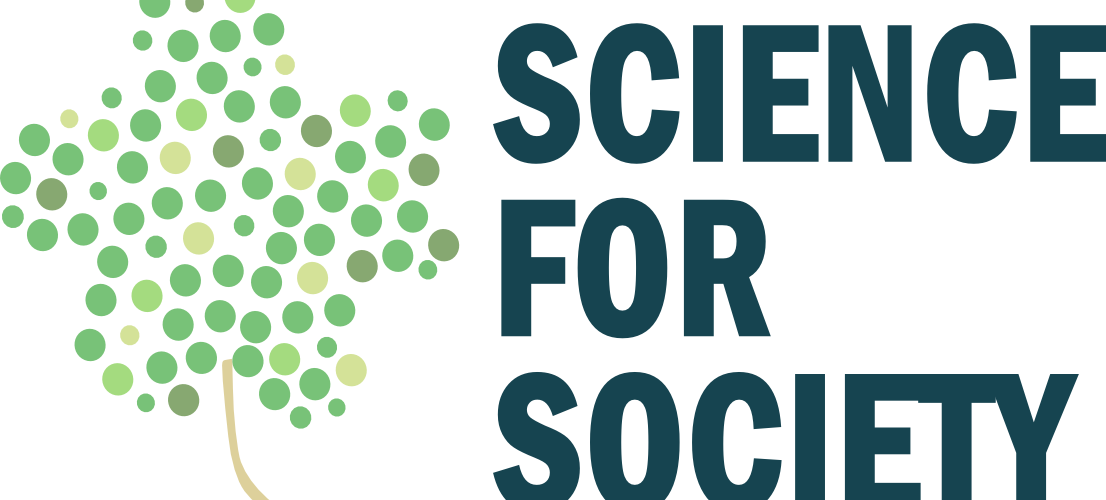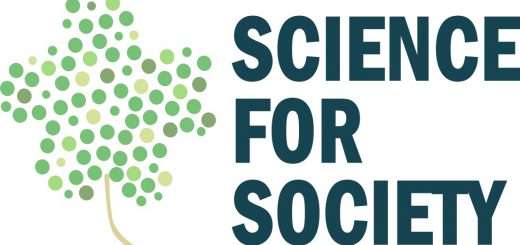Respond and React! How do we deal with the human response to risk in a time of pandemic disease?

This article is part of theGIST Science for Society 2014 Article Competition. The top three articles will present their work at the conference. Vote for your favourite article here. Voting closes on Friday 31st October 2014.
The global environment is changing at a pace unprecedented in human history. Biodiversity loss and mass human migration can help introduce novel diseases of zoonotic (meaning: animal) origin to our burgeoning, globally-connected society. Our love of cheap fares and weekends away using rapid international travel like flight can assist the spread of disease worldwide. So, what can we do to effectively contain these new diseases, for which there may be no vaccine, or even treatment? How do we keep people safe and give them the best information on how to protect themselves? How do we account for that most mysterious element of all: human behaviour?
First, it’s necessary to try to predict human responses to public health information and policies. How does information about your risk for disease impact subsequent behavioural change, if at all? Do you wash your hands more during an epidemic? Do you curl up with a pint at the Winchester and wait for this all to blow over? And finally, if you do opt for hanging out alone, at the pub, or hand-washing, how does that behaviour change affect the spread of disease? These long-standing questions are finally being answered by scientific research into different ways to use computational epidemiological modelling. CompuWHAT, you say?
Well, it works like this: these super-powerful, super-fast (and super-cool looking) computer models simulate epidemics of disease, using massive amounts of data on a worldwide scale. They use data about demographics, geography, and even how mobile the population is along major transportation hubs, in a way that’s easy to see. It’s like a real-time map for human movement during an epidemic. Now we’re working on integrating even more information into these models. For instance, when we make a recommendation to change your behaviour during an epidemic, do you actually do it? And if you do, what do you actually do? The great thing is we can assume in the model that YOU, and your friends, are very conscientious, and do everything to protect yourself, while also assuming there are some people who won’t change their behaviour.
We can also look at the different ways people get sick. For instance, if you catch influenza, how much do you cough? Are you too sick to move? Not feeling too bad at all and happily skipping about town spreading disease to your local barkeep and barista? Do you have a hard time shaking that cough, or do you recover quickly?
It might seem like just common sense during a global disease event to tell everybody to wash their hands, mind their manners, stay home if they’re sick, or get a vaccination if one is available. But what if washing your hands isn’t really your thing (gross!), or what if everyone decides that pint down the Winchester is more compelling than staying in to watch Netflix until the danger has passed? What if you pre-booked that ski trip and it’s non-refundable? Or, honestly, what if you think the scientists are all just full of it?
Those are all possible scenarios during a global disease event. So how do scientists know what to tell the policymakers to do, and perhaps most importantly, tell you what to do? What’s the best way to save lives, save money? We integrate as many of the possible scenarios into our cool-looking models, and we see what the likely outcome is, depending on what it is you’re likely to do, and how sick you might be. This gives us evidence for what will, and will not be likely to work, in stemming the spread of disease. And we can test the possible outcome of multiple combinations of different behaviours, meaning we can create really sophisticated, targeted recommendations like never before.
Thus far, we’ve made pretty good progress in using these models, what we know about how disease spreads, and how you react to our recommendations to attempt to figure out what the best course of action is for you to keep yourselves, and the people you love, safe. As more detailed information comes in about how you behave during a disease outbreak, how you travel, and how we can communicate with you effectively, our models get more detailed and accurate. Ultimately, we’re aiming to be able to tell you the best thing to do to lower your risk, and the best time to do it.
And as for stopping the spread of disease with our new, detailed recommendations? Well, that, my friends, depends on you.









